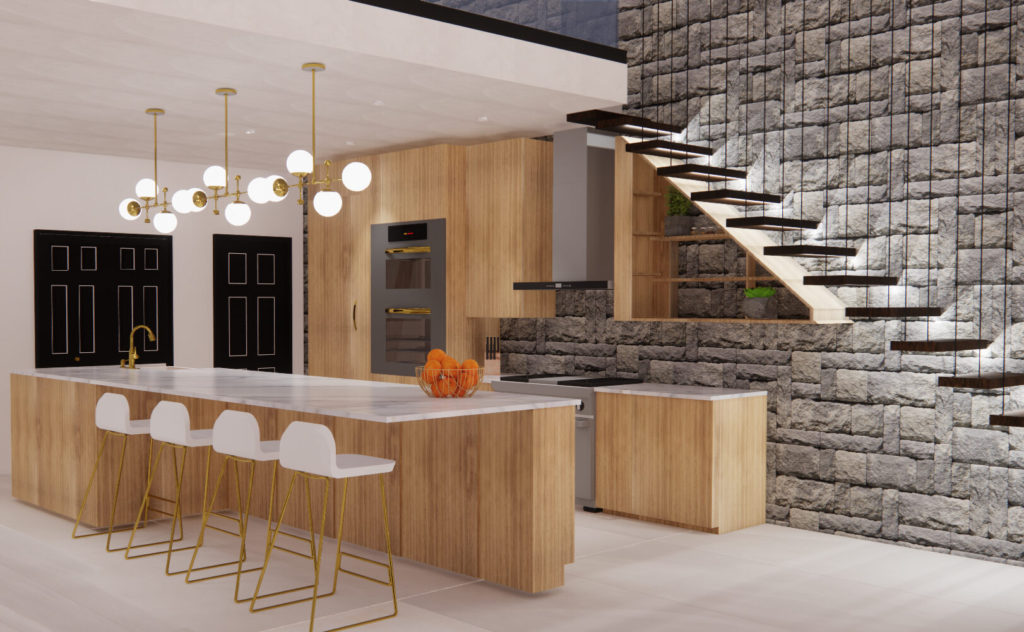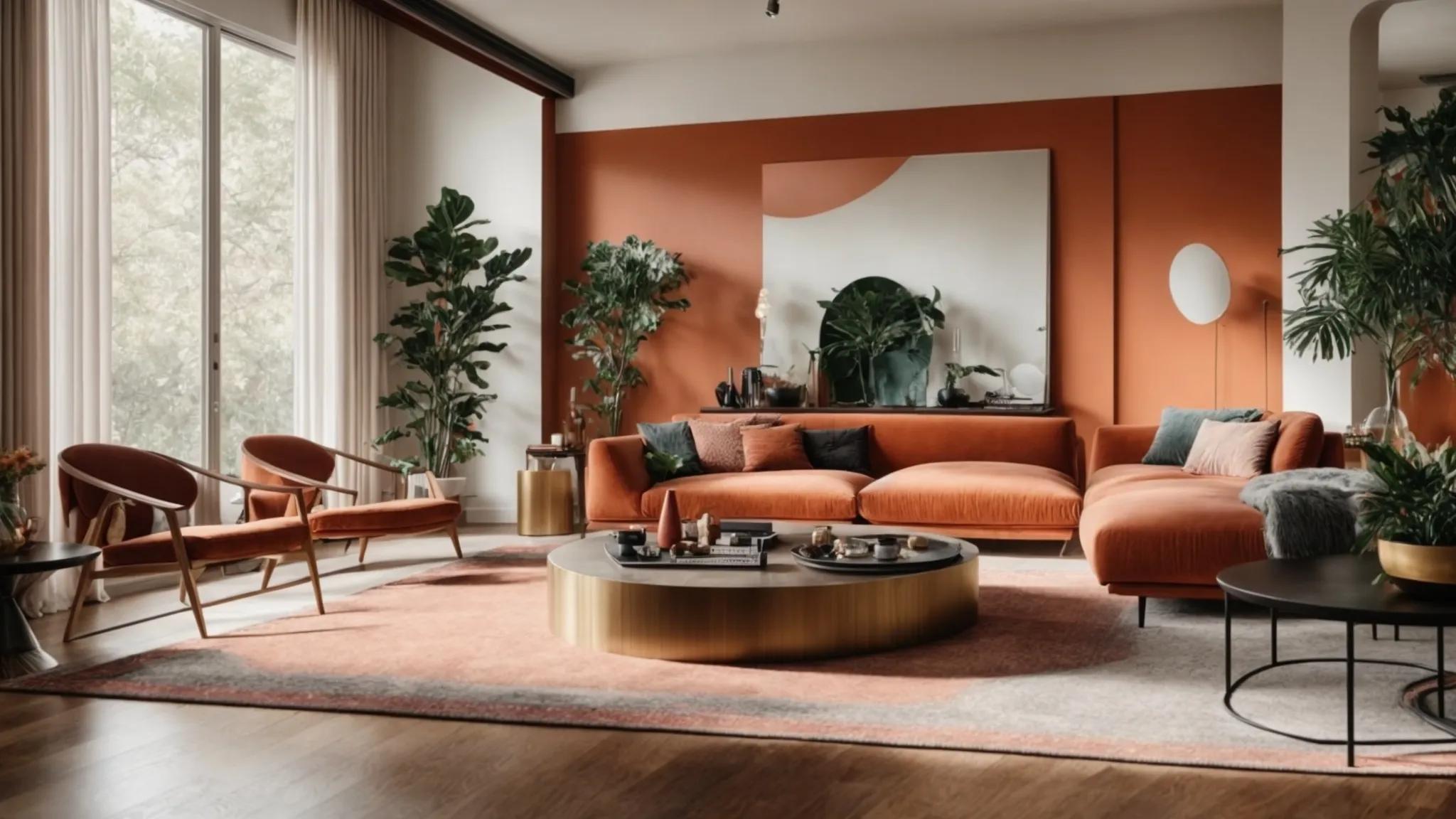Have you ever wondered what it’s like to be an architectural designer in the bustling city of Philadelphia? From designing residential and commercial spaces to public projects, an architectural designer’s work has a significant impact on the city’s skyline. In this blog, we take a deep dive into the daily routine of an architectural designer in Philly. We explore their role, key projects undertaken, and the challenges they face while bringing their vision to life while adhering to design restrictions and client expectations. We also delve into how Philly’s unique architecture influences their work and where they find inspiration. Finally, we touch upon how they balance their personal life with demanding careers and contribute to the community through sustainability and environmental considerations. Join us as we uncover what makes Philadelphia a unique city for architectural designers.
Who is an Architectural Designer?
Architectural designers are skilled professionals who blend their artistic and technical abilities to create functional and visually appealing structures. They collaborate with clients, understanding their requirements and translating them into architectural plans. These experts possess in-depth knowledge of building codes, materials, and construction techniques, ensuring the feasibility and safety of their designs. Their work involves designing buildings, spaces, and landscapes that seamlessly integrate with the environment.

The Role of an Architectural Designer
Architectural designers are key in planning and developing architectural projects, creating design proposals that meet client requirements and budgets. They use CAD software to create detailed drawings and renderings, conduct site visits, and collaborate with contractors and builders. Their expertise ensures the final project meets functional and aesthetic expectations. In Philly, they draw inspiration from the city’s rich visual arts and modern architecture trends, using NLP terms like “the university of Pennsylvania” and “center city.”
A Typical Day for an Architectural Designer in Philly
Architectural designers in Philly prioritize effective communication, client meetings, and refining architectural drawings and models. They use visual arts and modernism skills, monitor project progress, and address design-related issues. They also research new materials, technologies, and trends to enhance work quality and contribute to innovative architectural designs.
Morning Routines and Commuting
Architectural designers in Philadelphia start their day by reviewing their schedule and checking emails. They use various transportation options to commute to their offices or project sites. Some prefer coffee, while others engage in meditation or exercise to prepare mentally and physically. Their vibrant cityscape inspires them to create innovative, visually striking designs, ensuring focus and productivity throughout their workday.
Daily Tasks and Responsibilities
Architectural designers in Philadelphia are dedicated to the creative process, using CAD software to create detailed drawings and 3D models. They engage with clients and project teams to gather feedback and make necessary revisions. They also conduct research to recommend sustainable solutions and stay updated on building codes and regulations. Their diverse responsibilities help bring innovative and functional designs to life.
Key Projects Undertaken in Philly
Architectural designers in Philly work on various projects, including residential, commercial, and public spaces. They collaborate with clients to understand their vision and requirements, using advanced technology like CAD software to create detailed drawings and 3D models. They are well-versed in sustainable design practices and energy-efficient solutions, creating aesthetically pleasing, functional, and sustainable spaces.
Residential Projects
Architectural designers in Philly create functional and visually appealing residential buildings, catering to the needs and lifestyles of residents. They consider factors like site orientation, natural lighting, and energy efficiency to create sustainable living spaces. By balancing aesthetics and practicality, they aim to enhance residents’ quality of life. By incorporating modern design principles and staying updated on industry trends, they contribute to innovative residential projects.

Commercial Projects
Architectural designers in Philadelphia are responsible for designing commercial spaces like offices, retail stores, and restaurants. They create efficient layouts that promote productivity and customer engagement. They consider branding and marketing strategies to align with clients’ visions. By incorporating elements like visual arts, modernism, and the unique cityscape of Philadelphia, they create functional and visually appealing spaces. They strive to bring clients’ visions to life while staying true to Philadelphia’s vibrant spirit.
Public Space Designs
Architectural designers in Philly are crucial in designing public spaces like parks, plazas, and community centers. They aim to create inclusive, sustainable designs that improve the quality of life for residents and visitors. They consider accessibility, safety, and cultural significance, contributing to the community’s well-being. Their work goes beyond aesthetics, promoting social interaction and engagement, transforming public spaces into vibrant, welcoming environments.
How is the Design Process Carried Out?
The design process starts with initial client meetings, setting the foundation for the project. Visualizing ideas through sketching and model creation brings them to life. Finalizing plans ensures every detail is accounted for, while collaboration with clients leads to successful outcomes. Attention to detail is crucial throughout the process.
Initial Client Meetings and Concept Discussions
An architectural designer must understand clients’ needs and preferences to build a strong relationship. Open communication and concept discussions are crucial in shaping the design direction. By delving into the client’s vision and ideas, designers can create a concept that aligns with their expectations. This collaborative approach fosters ownership and satisfaction, allowing designers to create designs that meet and exceed client expectations.
Sketching and Model Creation
Sketching and model creation are crucial for architectural designers as they allow them to explore and refine their ideas, leading to innovative solutions. Sketching allows for visual expression of concepts, while models provide a tangible representation of the design. Attention to scale and proportion is crucial for accurate representations. These elements help architects communicate their vision effectively to clients and collaborators.
Plan Finalization and Approval
Refining plans is crucial for architectural design clarity and accuracy. Designers collaborate with clients to incorporate feedback and make necessary revisions, leading to final approval. Attention to detail is essential, from layout refinement to material selection. By incorporating NLP terms like “refining plans,” “collaboration,” and “final plan approval,” designers can create well-crafted designs satisfying clients and their creative vision.
What are the Challenges Faced by Architectural Designers?
Design restrictions and guidelines can sometimes stifle the creativity of architectural designers. It is also a challenge to balance client expectations with practicality. Adapting to site constraints requires innovative problem-solving skills. Managing project timelines and budgets is a common challenge, as is staying updated with industry trends and technologies.

Design Restrictions and Guidelines
Architectural designers in Philly must adhere to zoning regulations and historic preservation guidelines to avoid legal penalties. These regulations dictate building height, setbacks, land use restrictions, and alterations that may compromise a structure’s historical integrity. Adherence to building codes and safety requirements is crucial for ensuring safety and functionality. Skilled designers navigate these restrictions while creating innovative, visually appealing designs.
Client Expectations vs. Reality
Architects in Philly must effectively manage client expectations during the design process by balancing aesthetic desires with practicality. Clear communication and transparency are crucial, setting realistic goals and outlining project limitations. Architects must provide expert guidance while staying true to the project’s vision, nurturing a collaborative relationship with clients. Balancing client aspirations with design and construction realities ensures expectations align with the project’s feasibility and constraints.
The Impact of Philly’s Architecture on Design Work
Philly’s historic buildings and modernist principles inspire architectural design, blending timelessness and character. The University of Pennsylvania’s Fisher Fine Arts Library is a prime example of this. Modernism influences Philadelphia’s design trends, with sleek lines and innovative materials. The vibrant visual arts scene, including galleries, museums, and art installations, also influences design. By incorporating historic elements, modernist principles, and visual arts, Philly’s architectural designers create captivating designs that reflect the city’s spirit.
Influence of Historic Buildings
Philly’s architectural history is a constant source of inspiration for designers, offering a wealth of ideas and design elements for modern projects. By incorporating these elements, architects add character and authenticity, reflecting the city’s heritage. Preserving this heritage is a top priority, as it ensures the preservation of Philadelphia’s architectural history, ensuring future generations can appreciate and be inspired by its beauty.
Modern Architecture Trends in Philly
Philly’s modern architecture is embracing sustainability and innovation, with high-rise buildings dominating the skyline and adaptive reuse of old structures. This reflects the city’s commitment to modern design and preservation, focusing on aesthetics, sustainable practices, and cutting-edge technologies. By incorporating these trends, Philly’s architectural landscape is shaping and contributing to its vibrant architectural scene.
What makes Philadelphia a Unique City for Architectural Designers?
Architectural designers in Philly play a crucial role in contributing to the community. They have the opportunity to make a positive impact by getting involved in community projects, considering sustainability and environmental factors, collaborating with local organizations, and contributing to urban planning and development.
Conclusion
In conclusion, being an architectural designer in Philly is a dynamic and fulfilling profession. From collaborating with clients and colleagues to bringing innovative designs to life, each day brings new challenges and opportunities for growth. If you have any questions or are interested in learning more about the industry, please don’t hesitate to contact us. The city itself serves as a rich source of inspiration, with its blend of historic and modern architecture. However, it is crucial to find a balance between work and personal life, prioritizing time management and self-care. Continuous learning and development are also essential to stay updated with industry trends and deliver the best possible designs. Moreover, architectural designers in Philly have the opportunity to contribute to the community through involvement in community projects and incorporating sustainability principles into their work. Overall, being an architectural designer in Philly offers a unique and rewarding career path for those passionate about shaping the built environment.







